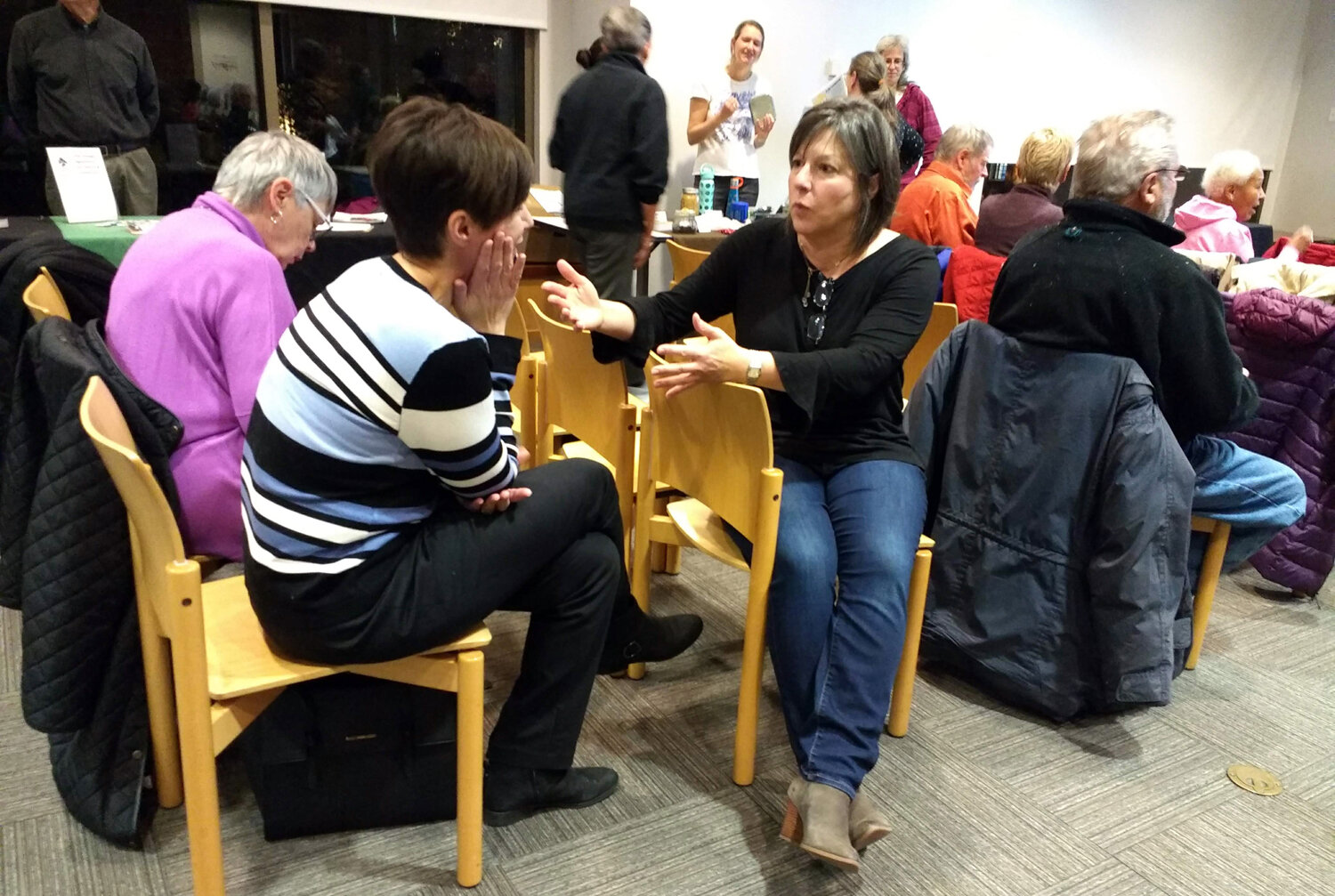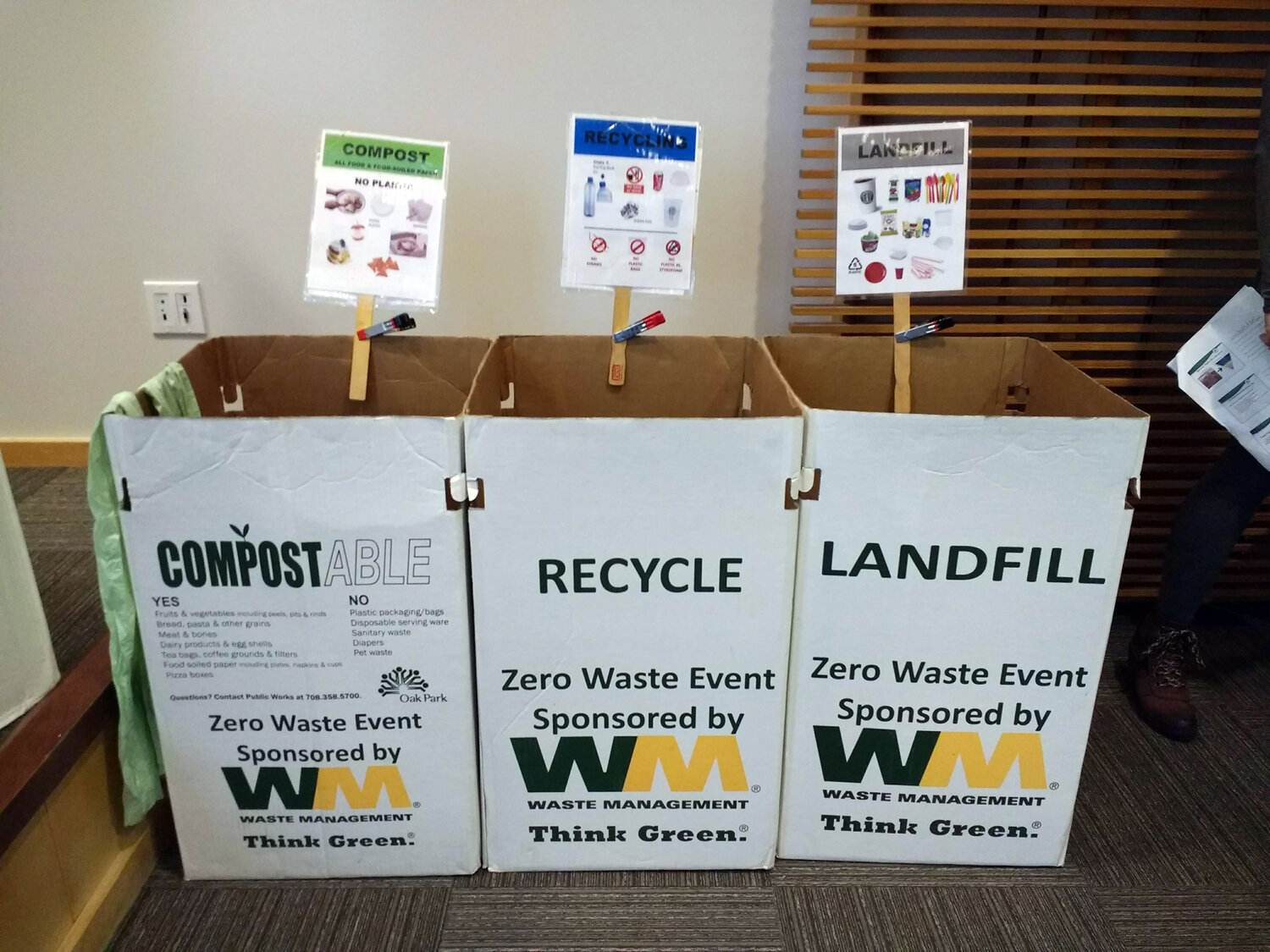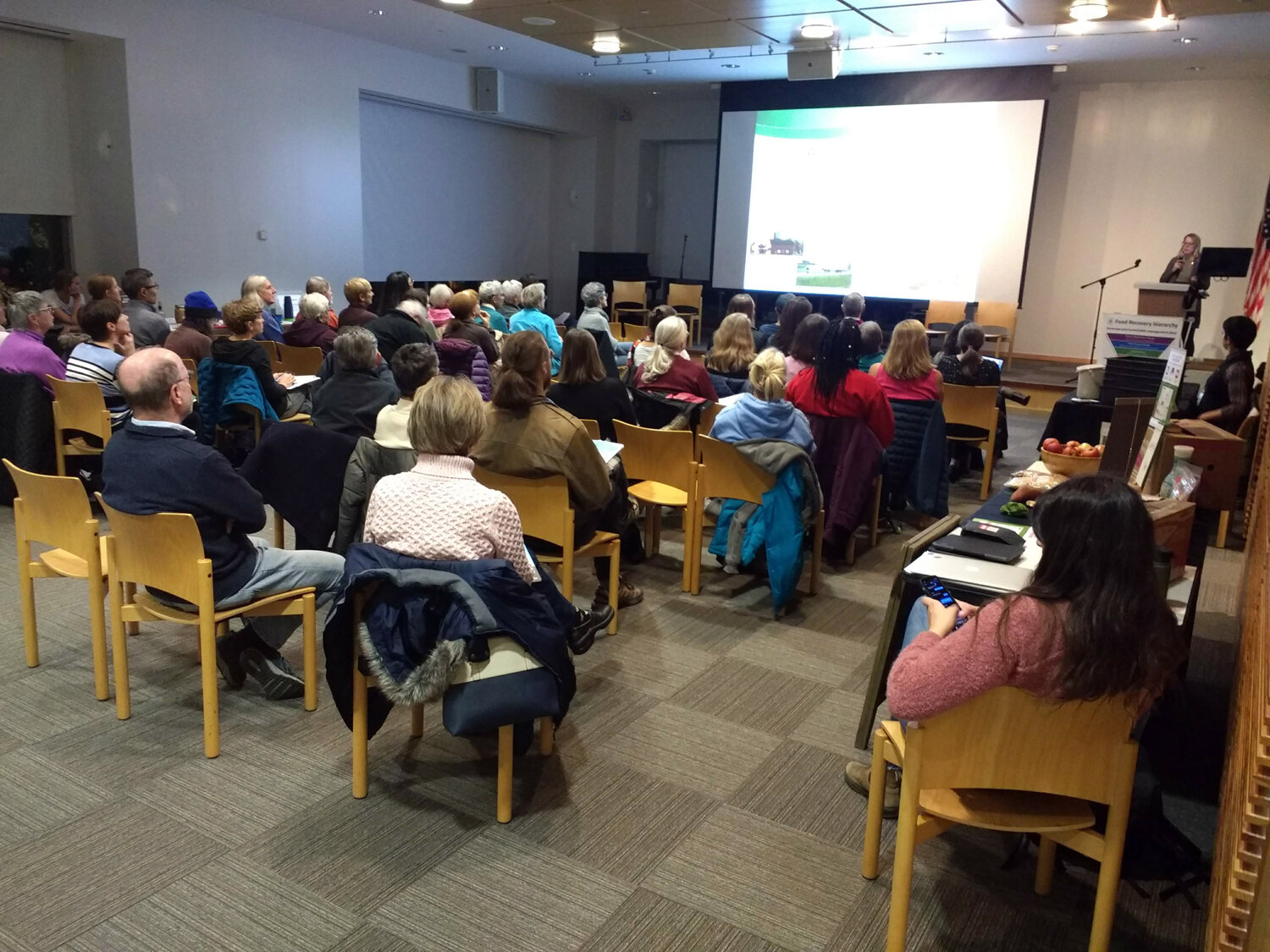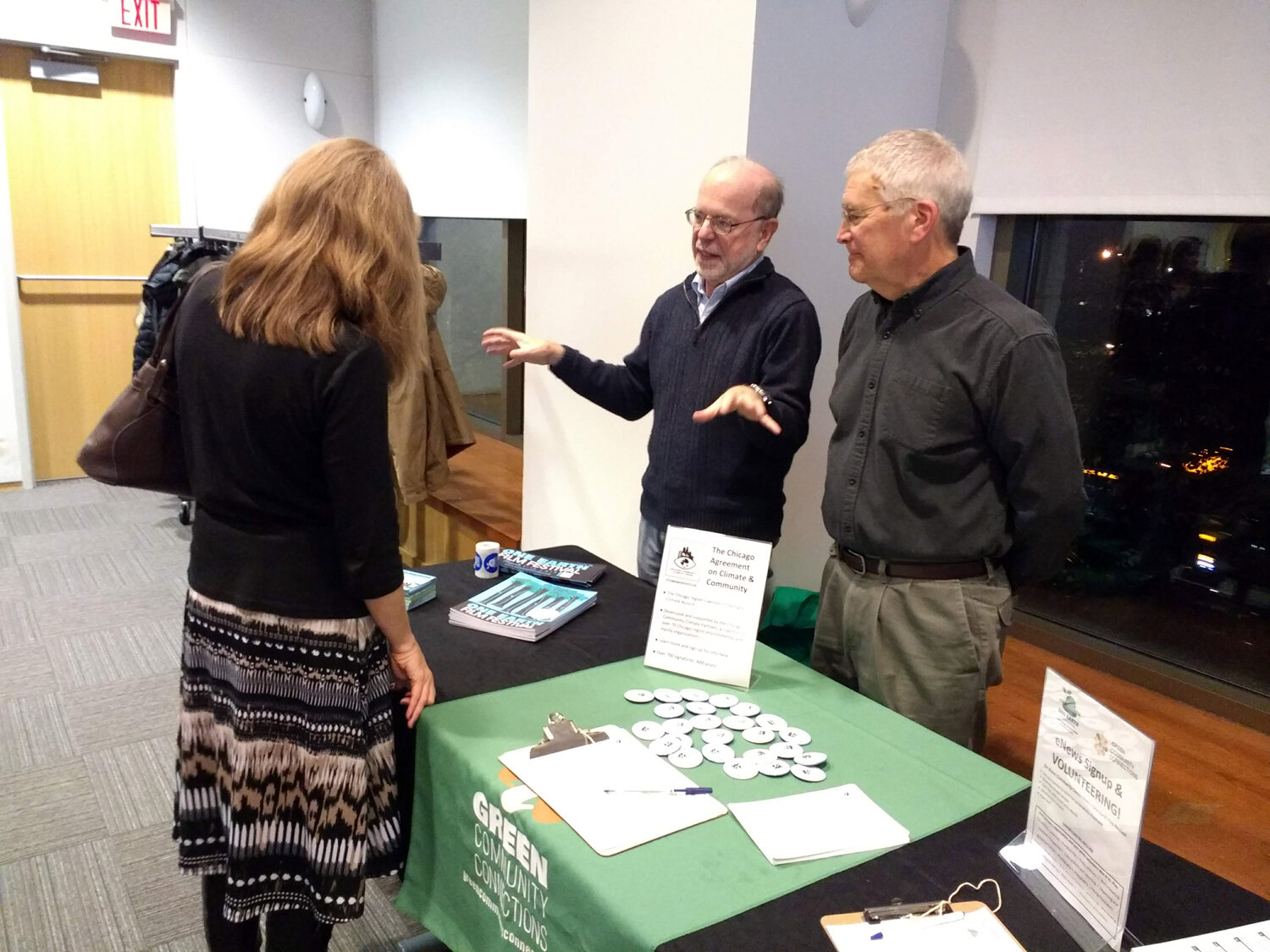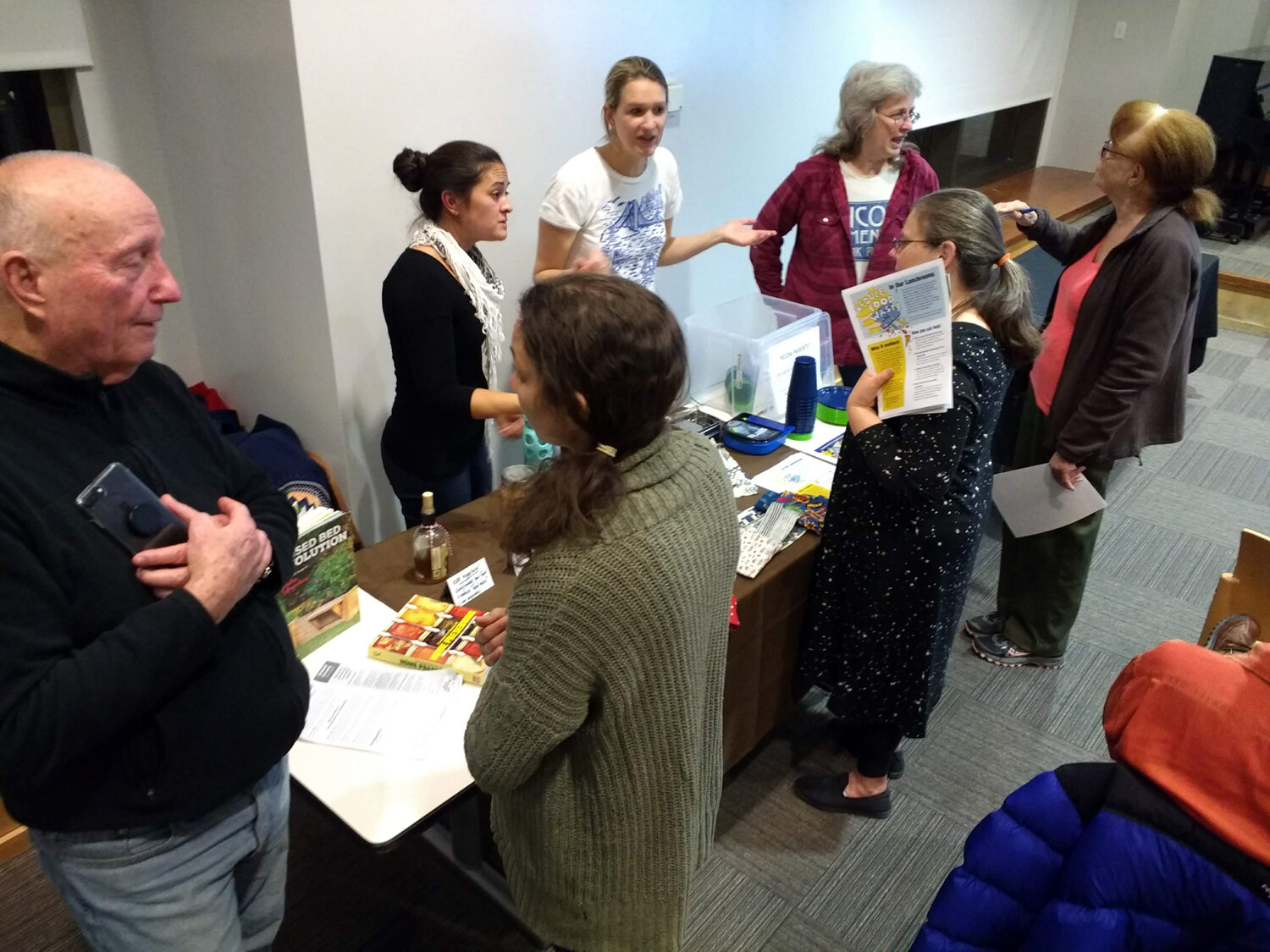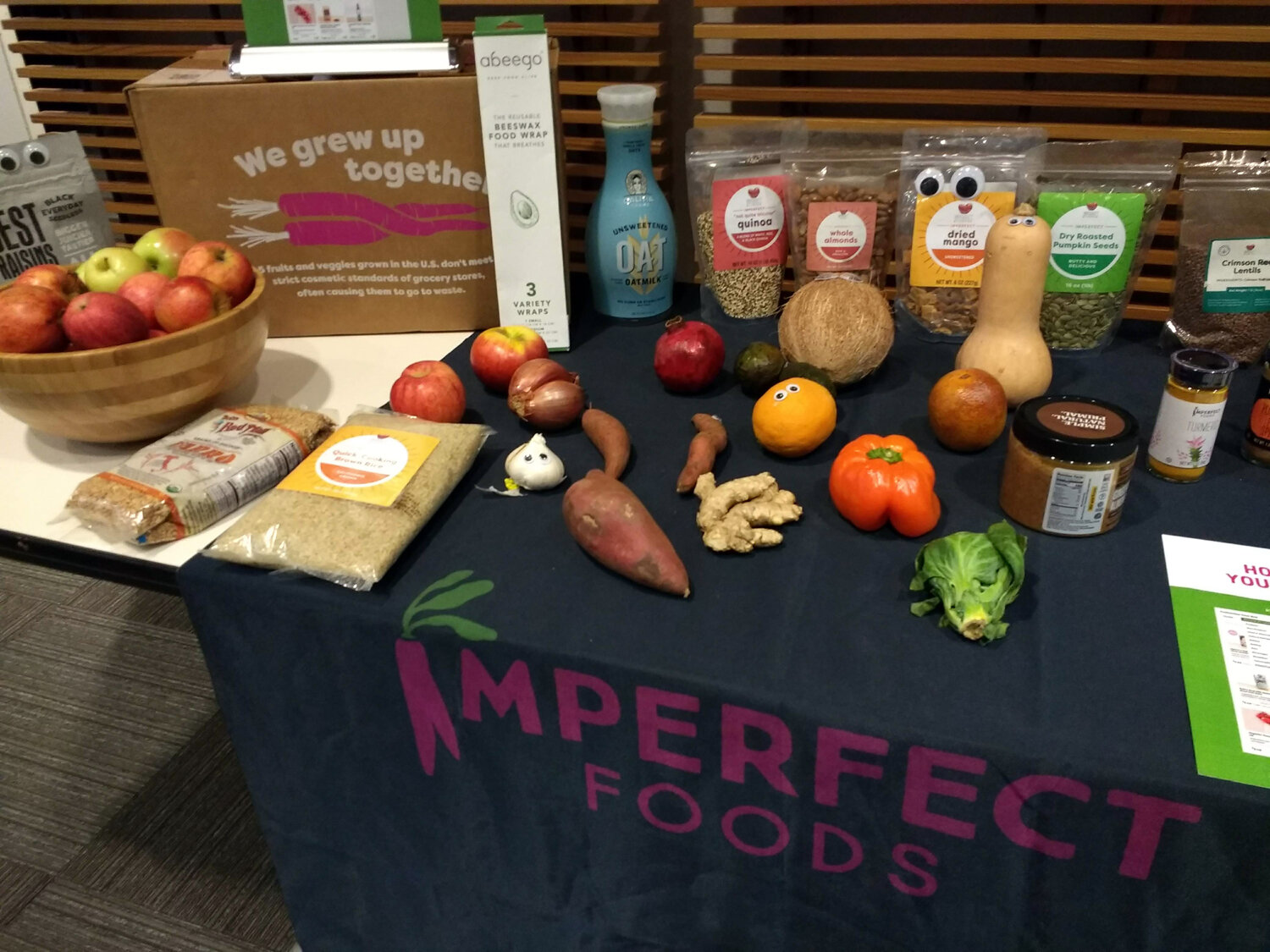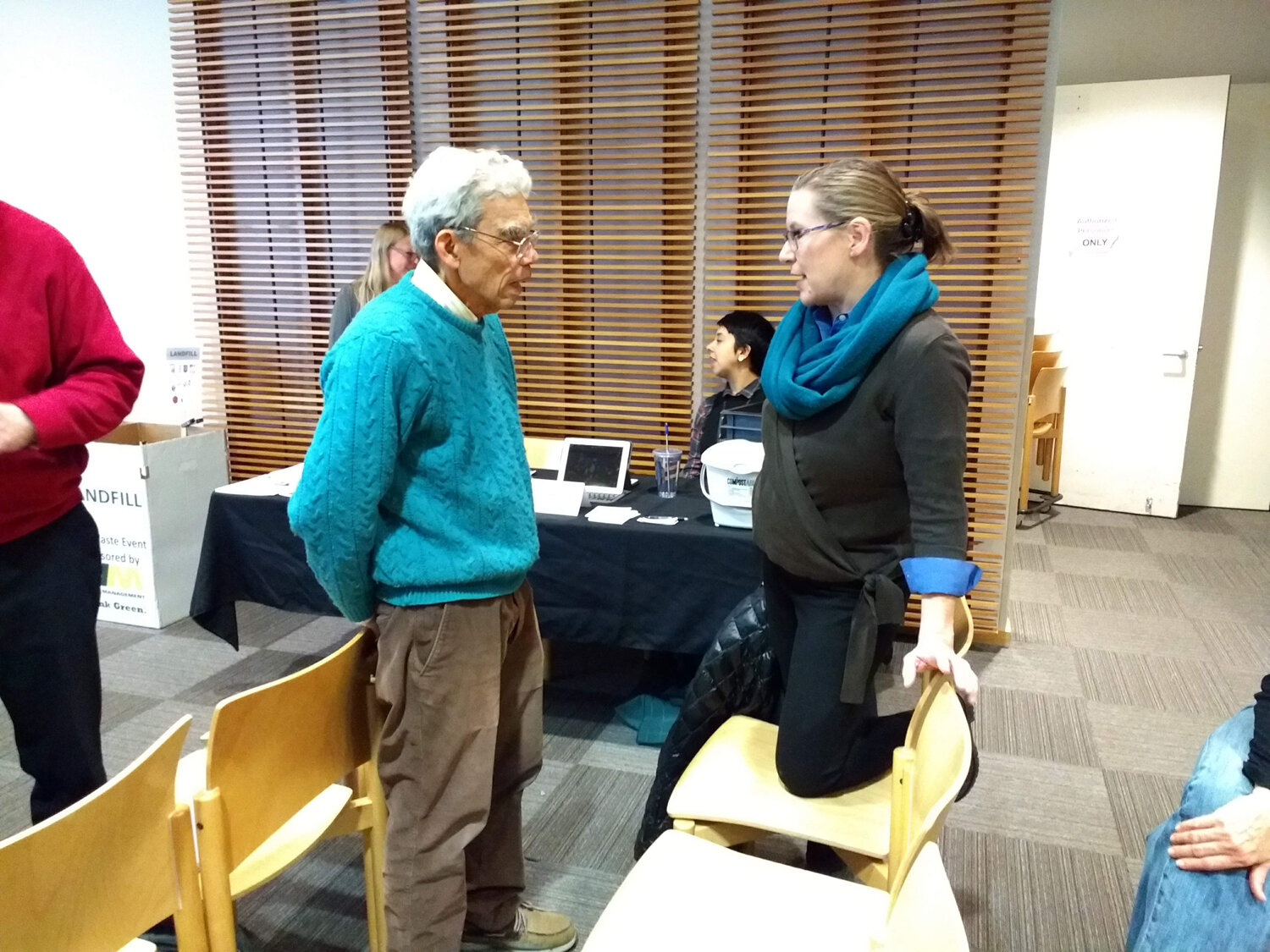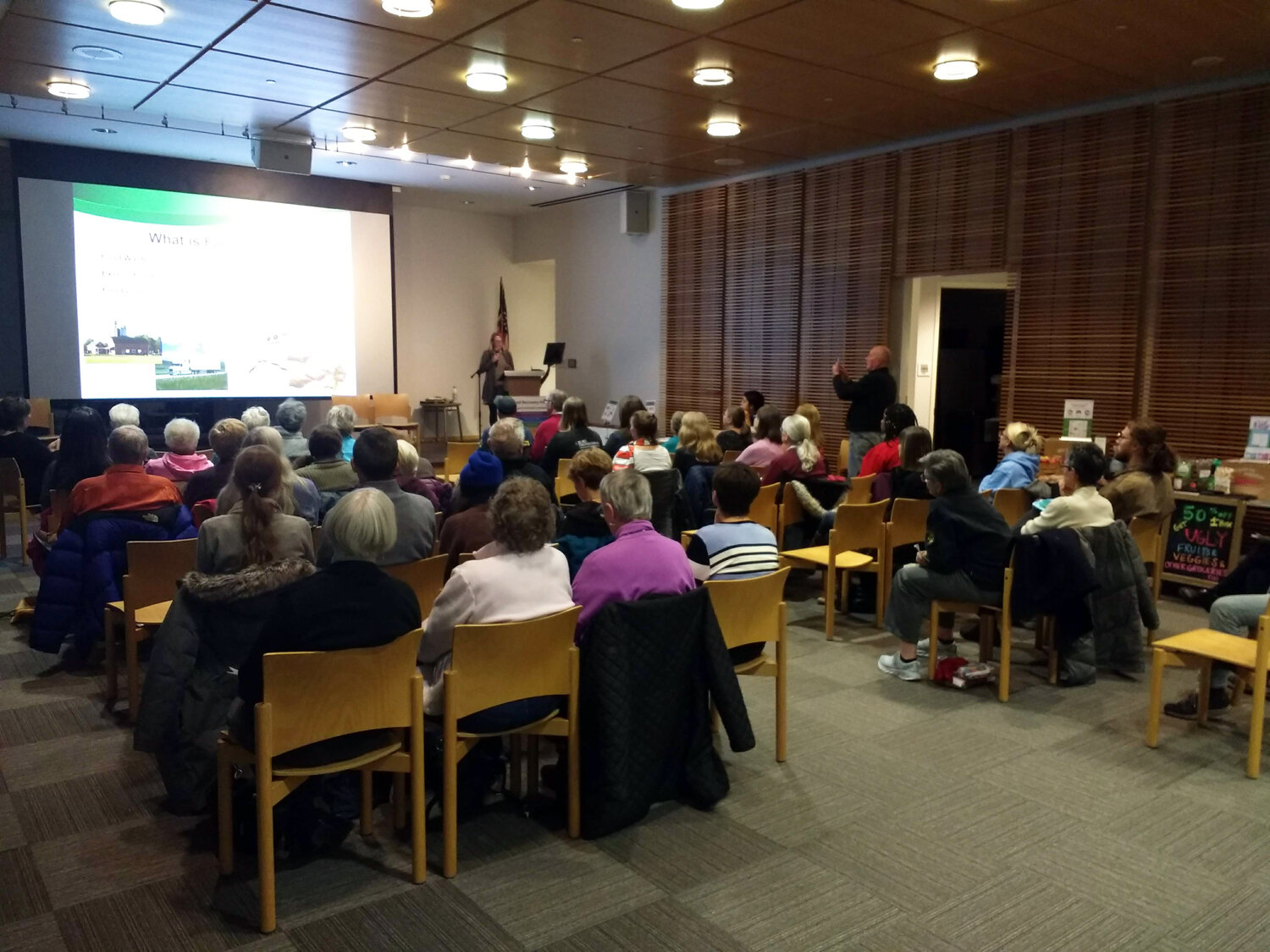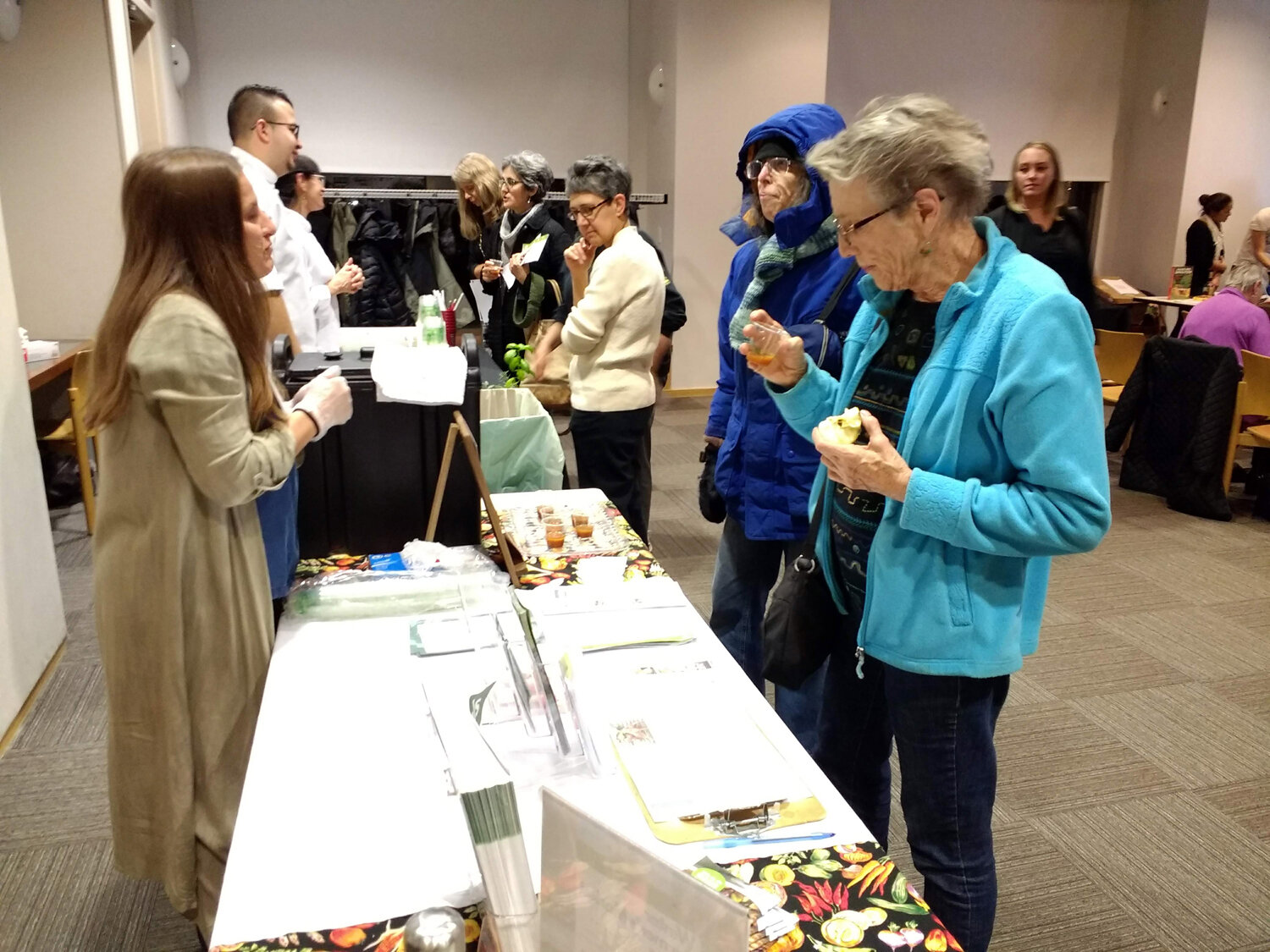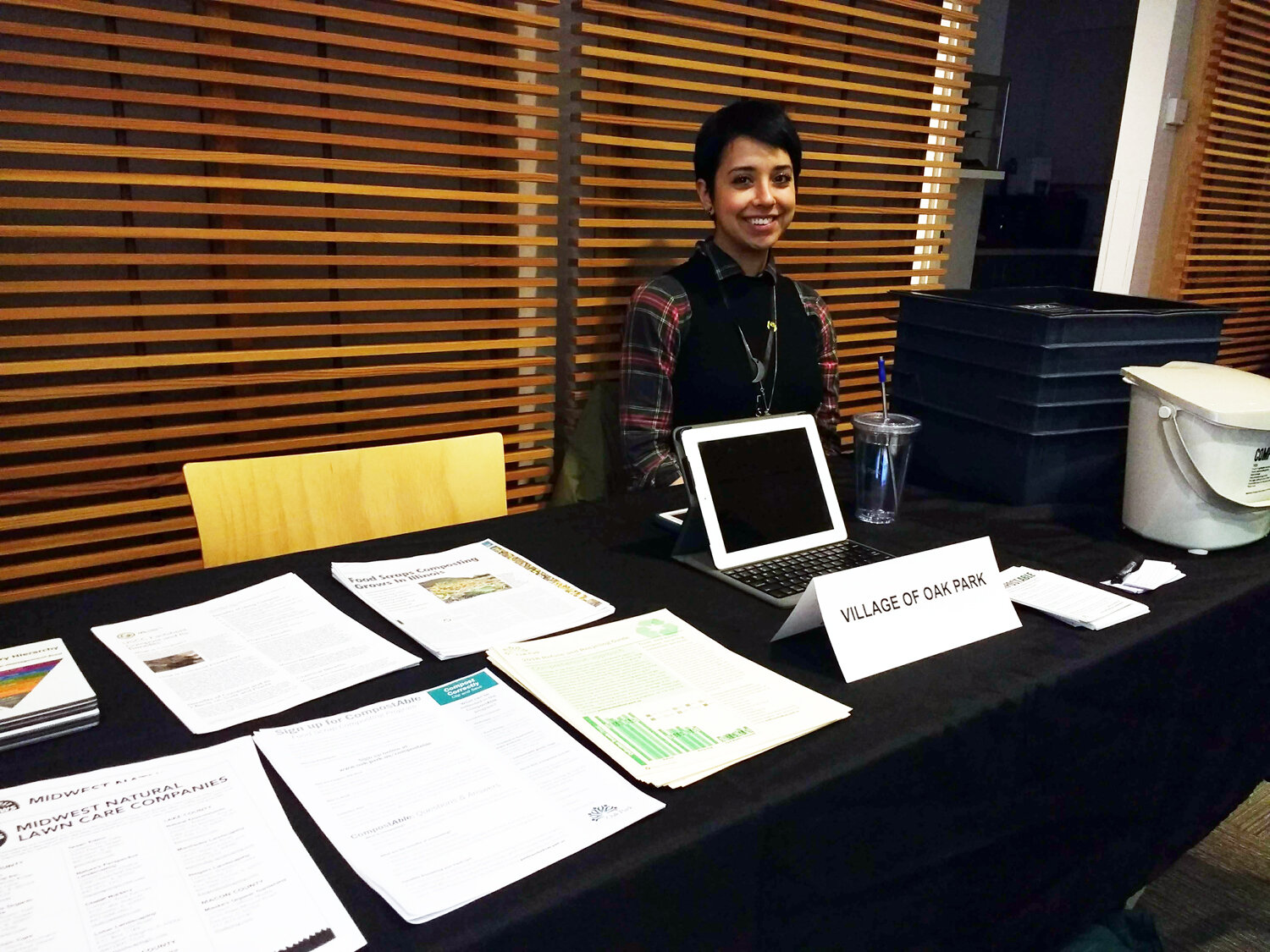Speedkingz/Shutterstock
By Linda Martens
Up to 40% of food in the US is wasted, while 40 million Americans lack consistent access to adequate and nutritious food.
To increase awareness of the causes and fixes for this complex problem, the Interfaith Green Network sponsored Food Waste Workshop on November 7. Speakers giving information about the scope of the problem and examples of local and national programs working to find solutions included:
the Environmental Protection Agency
the Illinois Food Scrap Coalition
Bright Beat (sustainability practices for big events)
Rush Oak Park Hospital’s Food Surplus Project
Although most people think of food waste in terms of household issues, it is but one of the drivers of food waste. Issues of overproduction, unsold food, plate waste, and processing byproducts all contribute to the problem. Julie Schilf from the US EPA described the extent of the problem (39 million tons of food waste in 2015), and hierarchy of solutions. (See graphic). She also discussed the EPA’s goal of reducing food waste 50% by 2030 and the necessity of working at each level of the pyramid. She recommended two websites for individuals to learn more about important actions everyone can take.
John Lardner of Illinois Food Scrap Coalition noted the benefits of composting, including reduced CO2e emissions, and using compost, including improved soil structure and nutrients. In addition to encouraging participation in composting, he described the importance of using compost in lawn and garden.
Creating a “Culture of Consciousness” about sustainability was a key message of Stephanie Katsaros, founder of Bright Beat. Through her work as a consultant helping events and venues with sustainable practices, she encourages individuals and organizations to consider every choice in terms of impact on social and environmental change.
The Food Surplus Project, as presented by Allison Jordan, packages and delivers leftover food from the Rush Oak Park Hospital to Beyond Hunger (formerly the Oak Park River Forest Food Pantry). As other organizations have joined, they are now able to provide 11,000 meals per year. Allison described the project as aligning with Rush’s Food is Medicine program.
Following the presentations, participants were invited to visit representatives of local groups working on different aspects of reducing food waste.
The Village of Oak Park, with information about Village programs for composting and waste reduction
Imperfect Foods, which offers healthy foods which for aesthetic reasons would otherwise end in landfills
Sugar Beet Co-op, a local store offering fresh, local, fair trade and organic produce, eggs, meats, and baked goods
Triton College’s Culinary School, with samples of delicious uses for cooking and garden leftovers
One Earth Film Festival, providing information about past and upcoming film festivals
District 97 Green Teams, building skills, curiosity and learning about sustainability in Oak Park students and families
Participants left with increased awareness of the scope of the problem, and recognition of many ways individuals, organizations and governmental bodies can work separately and together to address this important issue.
